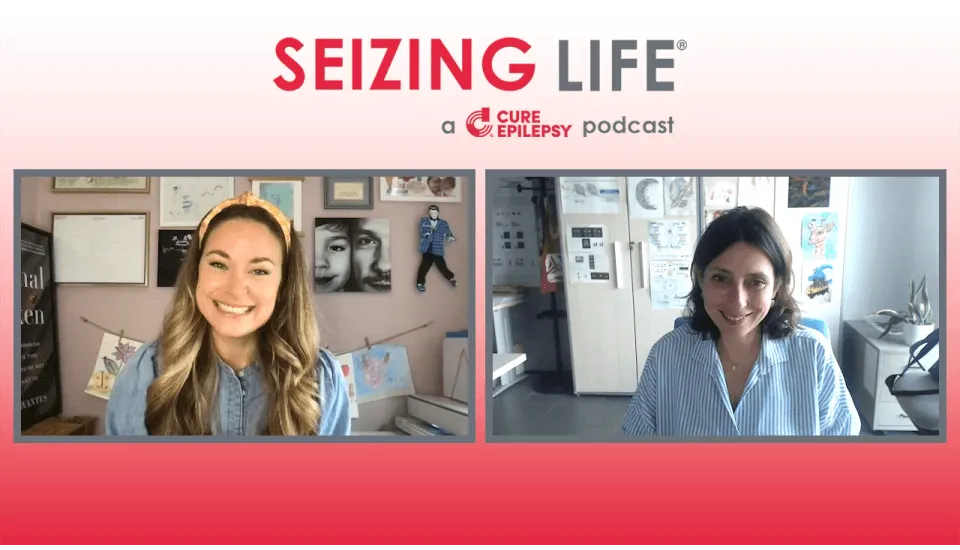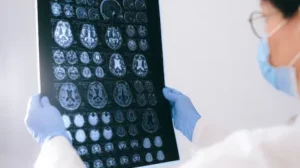Single-Center Long-Term Results of Vagus Nerve Stimulation for Epilepsy: A 10-17 Year Follow-Up Study
April 30, 2018
PURPOSE: The paper presents a long-term follow-up study of VNS patients, analyzing seizure outcome, medication changes, and surgical problems.
METHOD: 74 adults with VNS for 10 to 17 years were evaluated yearly as: non-responder – NR (seizure frequency reduction <50%), responder – R (reduction???50% and <90%), and 90% responder – 90R (reduction???90%). Delayed R or 90R (??4?years after surgery), patients with antiepileptic medication changes and battery or complete system replacement were identified. Statistical analysis of potential outcome predictors (age, seizure duration, MRI, seizure type) was performed.
RESULTS: The rates of R and 90R related to the patients with outcome data available for the study years 1, 2, 10, and 17 were for R 38.4%, 51.4%, 63.6%, and 77.8%, and for 90R 1.4%, 5.6%, 15.1%, and 11.1%. The absolute numbers of R and 90R increased until years 2 and 6. Antiepileptic therapy was changed in 62 patients (87.9%). There were 11 delayed R and four delayed 90R, with medication changes in the majority. At least one battery replacement was performed in 51 patients (68.9%), 49 of whom R or 90R. VNS system was completely replaced in 7 patients (9.5%) and explanted in 7 NR (9.5%). No significant predictor of VNS outcome was found.
CONCLUSIONS: After an initial increase, the rate of R (seizure reduction ??50% and <90%) and 90R (seizure reduction???90%) remains stable in long-term follow-up. The changes of antiepileptic treatment in most patients potentially influence the outcome. Battery replacements or malfunctioning system exchange reflect the patient’s satisfaction and correlate with good outcomes.







